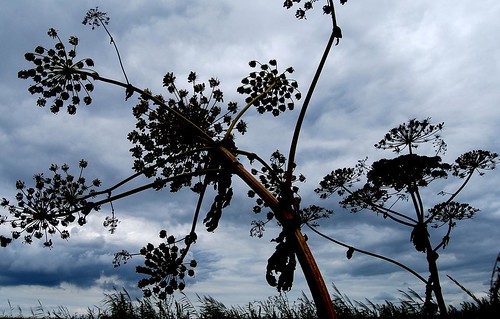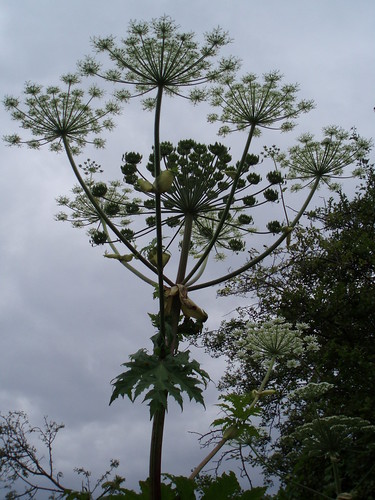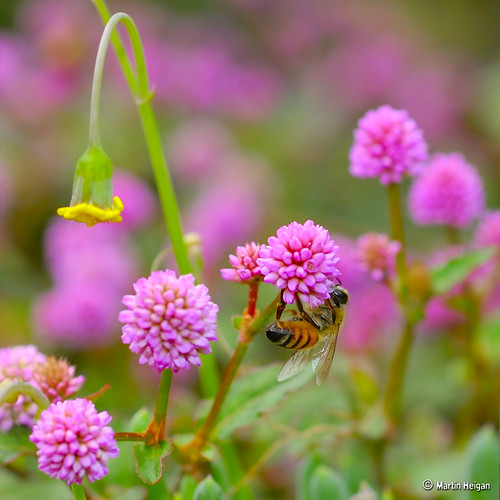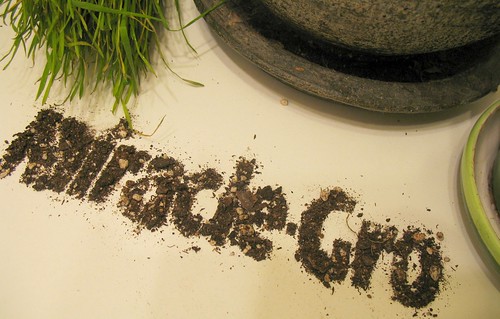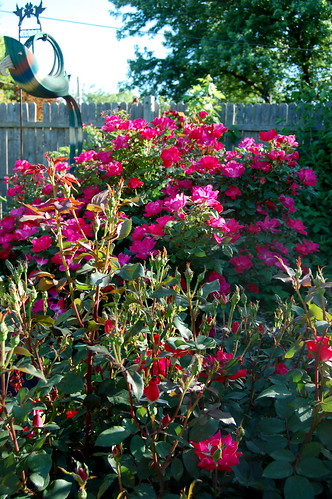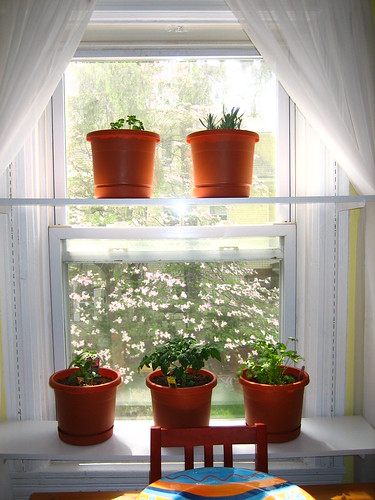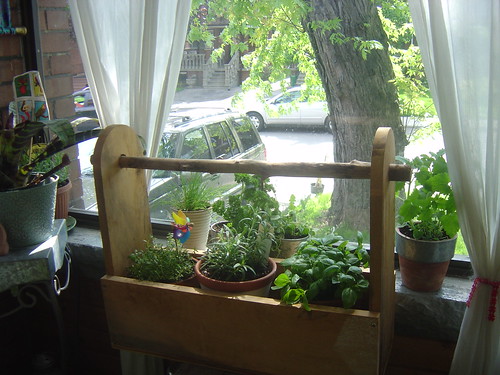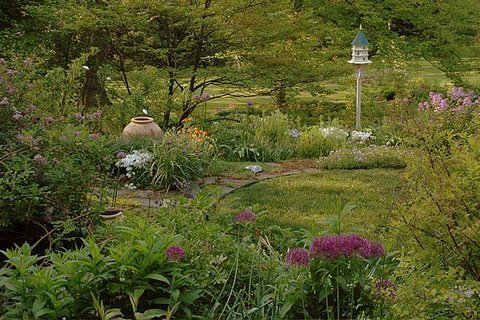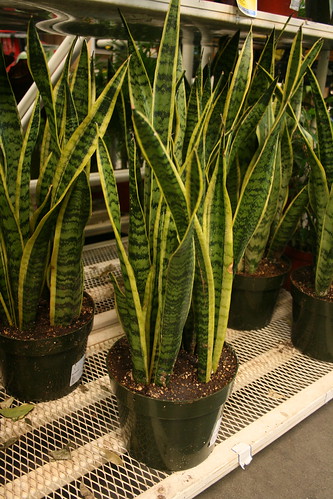Giant Hogweed (Heracleum mantegazzianum) by sillie_R
Most reports of giant hogweed turn out to be Cow Parsnip, Angelica, or some other [member of the carrot family]. See here. People can distinguish giant hogweed from other species of the carrot family, not only by its gargantuan size, but by its purple-splotched, hairy stems.
Giant Hogweed by Limbo Poet
“Cow parsnip stems have a more ‘furry’ look to them, whereas the hogweed has long, white hairs which are most pronounced at the base of the leaf petiole (stem). But the foliage of cow parsnips and giant hogweeds before they send up flower stalks is so similar it’s almost impossible to tell them apart.†This statement comes from the U.S. Department of Agriculture’s National Noxious Weed Program on Giant Hogweed, where you can get some bulletins with photos and information on Giant Hogweed.
Here’s another website that has a photo of the Giant Hogweed so that you can see if this is indeed the plant you wrtie about. It looks like a Queen Anne’s Lace flower on steroids because the plant can grow up to 20 feet with a flower that measures up to 3 ft across and leaves that can be 5 feet wide. Giant Hogweed
Continue reading “Giant Hogweed: Identifying and Disposing It”

